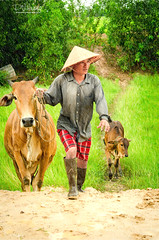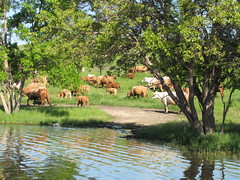
- Click Here To Find Out More About:
- Atlex Stockyards
Especially when the sodium glutamate, taste nucleotidesand glutathione exist at the same time, with a strong meat flavor. Therefore,to improve the yeast glutathione content is quite important. Yeast extract notonly used to be air fresheners, flavor enhancers, also have the followingapplications can be developed.
Pasta quality improver. In recent years, peopleconcerning about the freshness of bread quality as concerning the fresh food. Inbread processing industry has confirmed: glutathione added to the dough, canshorten the kneading time, even at the end of the kneading, stored for acertain time firstly will not affecting the thawed fermentation and produce agood quality bread. Because of prefabricated frozen dough in the breadprocessing industry, as a raw of bread, after the large-scale production,distribution to the various consumer point increase in the proportion ofon-site baking fresh bread, this is a bread industry trends. So thatglutathione-containing yeast and yeast extract, will have broad applicationprospects in pasta processing.
Food antioxidants. Early findings show thatreduced glutathione with the function of antioxidized and eliminate lipidperoxidation generated. For the food which contain taste nucleotide, it can preventedoxidative decomposition and lose the taste. Studies have shown significantantioxidant effect of oily food, yeast extract, and better than the single use glutathione,the maintenance time is longer. In surimi, sausage, soy sauce, and other foods,when added inosine monophosphate guanylate, due to the food containingpasteurization conditions, no phosphatase inactivation exist, will make inosinemonophosphate guanylate decomposing and loss of taste effect. Add reducedglutathione-SH group compounds, can effectively inhibit its decomposition.
Feed additives. Glutathione has good effecton protecting liver. Due to too dense and unclean feeding in fish farming, the fishliver function is bad, show up reduced feeding, slow growth, and even death.Yeast extract, can be used for liver protection active ingredients in fishmixed food, improve fish growth conditions, to improve the economic benefits ofaquaculture. Dairy feeding cows liver dysfunction, production decline had usedpantothenic acid calcium additives, but poor palatability. Therefore, in dairycows breeding, glutathione-containing yeast extract can be used to enable therole to improve the liver function of dairy cows.
Although glutathione is widely used infood, pharmaceutical industry, cosmetic raw material and so on, but its extract is extremely rare, so theprice is very expensive. Human want to intake glutathione, can take advantageof the amino acid in watermelon, asparagus and other fresh vegetables andmeat-producing cells. Amino acids form of glutathione, it is a small moleculein the body. In every cell of the body contains the product of these aminoacids. The body’s immune system can get a lot of benefits from glutathione. Itcan be a safe and effective method for skin whitening.
Source:http://www.cosprm.com

